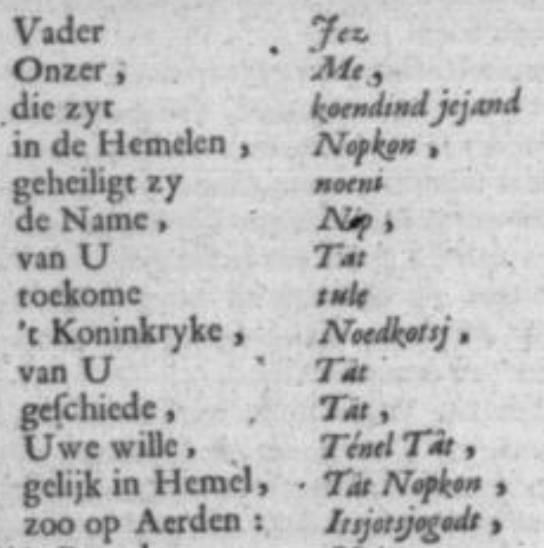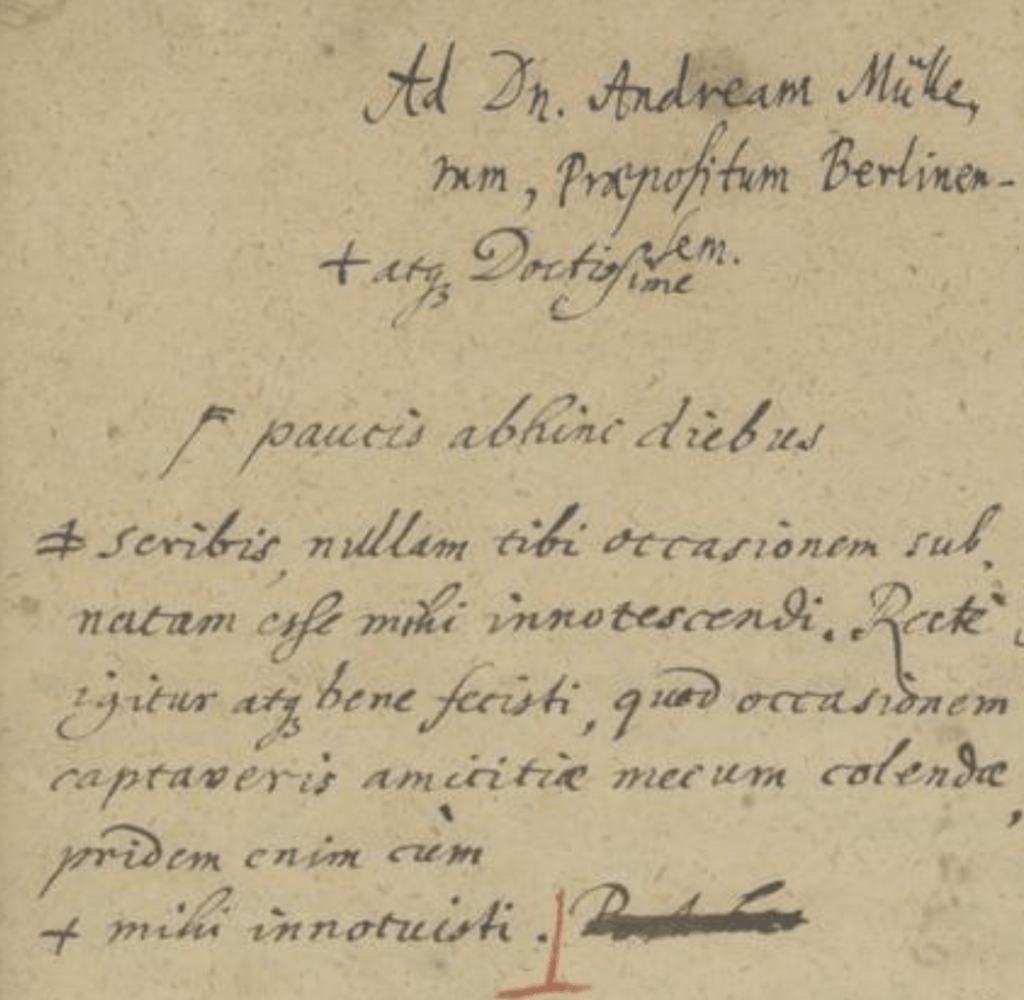As usual, starting with university news. Confirming the validity of my diploma turned out to be easier than I had thought, so now the admission process is officially complete, and I can start my pre-masters program in Leiden in September. Yay!
As for my personal projects, all of my time in February was spent on the Paternosters. I implemented a few changes to the Web site, including a new search function and a more flexible way to enter glosses, and I was finally able to shift my efforts away from pure cataloguing work and towards research. I was able to resolve some long-standing puzzles, such as making sense of the “Ostiak” text, which turned out to be in Selkup and not as badly corrupted as I thought it was. However, there’s still quite a few texts for which I wasn’t able to find any sources or analysis, so the project is far from over.

What keeps me engaged with this project is the sheer breadth of learning that it exposes me to. The diversity of languages, the history of Early Modern Europe and its interactions with countries outside of Europe, the spread of Christianity, the development of linguistics as a science – all of this comes up when trying to track down the sources of texts in Paternosters collections. My activities ranged from writing a Wikipedia article on Bible translations into Sinhala (I needed the information and it wasn’t there) to reading drafts of Hiob Ludolf‘s letters in Latin (very aesthetically pleasing when he uses his good handwriting, barely readable when he writes fast).

Besides Paternosters and the Dutch lessons, there are two other languages that I looked into this month. One is Dhivehi, the language of the Maldives, where we spent a wonderful week of vacations this month. My plan was to expand the Wikipedia article, which is quite light on grammatical information, but all I actually managed to do so far was to learn how the alphabet works, along with a bunch of fun facts. Did you know that in Dhivehi you say “go onto the beach” when you refer to sunbathing, and saying simply “go to the beach” means “to relieve oneself”?
The second is Ancient Sumerian, which I learned mostly through Gabriele Barra’s YouTube lectures. I didn’t go very much in depth, but I did get a solid understanding of how cuneiform writing works, which will definitely come in handy for learning Hittite.
Next month, I plan to put Paternosters aside for a while and go back to Etymograph. I’ve already put some efforts into expanding the documentation, so if you’re curious about the project, it’s now easier to figure out what it’s about (though it’s still not ready to be used by anyone but me).
See you next month!
Leave a comment